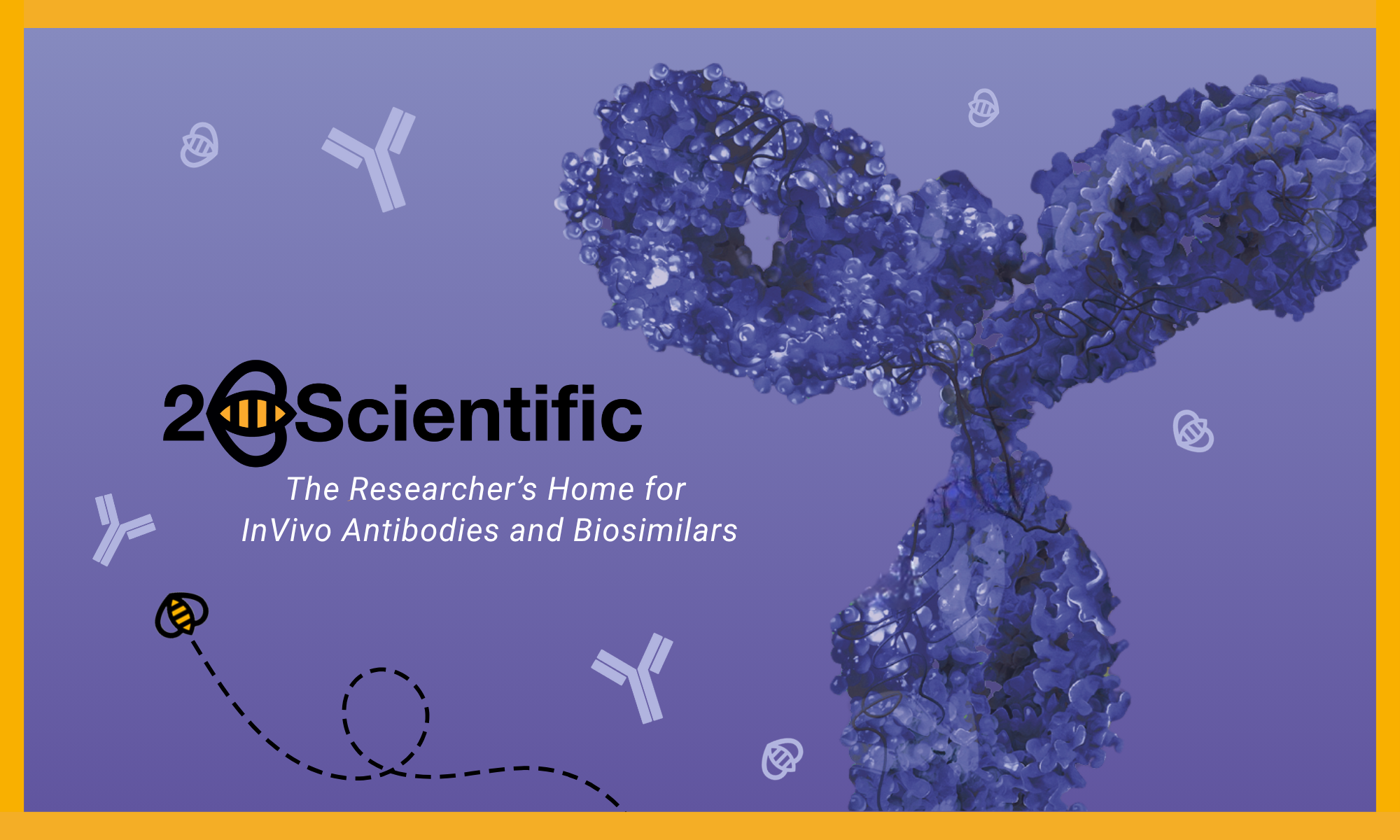
Rad9 S1260 Antibody
Product Sizes
100 ug
600-401-467-100UG
About this Product
- SKU:
- 600-401-467
- Additional Names:
- Rabbit anti-Rad9 antibody, Rabbit anti-Rad9 S1260 antibody, Rad 9, Rad-9, Cell cycle checkpoint control protein antibody, Cell cycle checkpoint control protein RAD9A antibody, DNA repair exonuclease rad9 homolog A antibody, DNA repair protein RAD9, YDR217C, YD9934.02C|RAD9
- Application:
- ELISA, Western Blot
- Buffer:
- 0.02 M Potassium Phosphate, 0.15 M Sodium Chloride
- CE/IVD:
- RUO
- Clonality:
- Polyclonal
- Concentration:
- 1.1 mg/ml
- Extra Details:
- Cells respond to DNA damage by activating a network of signaling pathways that control cell cycle progression and DNA repair. Cell cycle checkpoints are mechanisms that transiently delay cell cycle progression when DNA is damaged or DNA replication is incomplete. In the fission yeast Schizosaccharomyces pombe, a group of six such checkpoint control genes have been identified and include rad1+, rad3+, rad9+, rad17+, rad26+ and hus1+. Mutations in any one of these genes render cells sensitive to gamma-rays, UV light or the DNA synthesis inhibitor hydroxyurea (HU) and eliminate the ability of cells to delay entry into mitosis after treatment with these agents. All of these genes apparently link abnormal DNA structures to cell cycle control. As for cell cycle-related genes in general, these checkpoint control genes are highly conserved throughout evolution. Human and mouse versions of several of the S.pombe genes have been isolated, providing strong evidence that checkpoint control mechanisms are also highly conserved. In mammals, these genes are thought to maintain genomic stability, especially in the presence of DNA damage. Therefore, when these genes are altered, genomic instability may occur and lead to cancer. The biochemical activities of most of the checkpoint control gene products are not well established, although progress has been made towards learning more about their function. For example, examination of the structure of the protein encoded by human or S.pombe rad9 reveals a BH3-like domain in the N-terminal region that can bind the anti-apoptotic proteins Bcl-2 and Bcl-XL. Furthermore, overexpression of the gene from either organism in human cells can cause apoptosis in a BH3 domain-dependent manner. Both S.pombe and human versions of the protein can bind two other checkpoint control proteins, Hus1p (HUS1p) and Rad1p (RAD1p). Human RAD9 protein binds HUS1 and RAD1 proteins at its C-terminal region, suggesting that RAD9 has at least two functional domains, one involved in apoptosis and the other in cell cycle checkpoint control. Rad9 conveys the checkpoint signal by activating Rad53p and Chk1p; is hyperphosphorylated by Mec1p and Tel1p; and is a potential Cdc28p substrate.
- Formulation:
- 0.02 M Potassium Phosphate, 0.15 M Sodium Chloride, pH 7.2
- Host:
- Rabbit
- Immunogen:
- This affinity purified antibody was prepared from whole rabbit serum produced by repeated immunizations with a synthetic peptide corresponding to phosphorylated form of an internal region near aa 1225-1275 from the aa1309 yeast Rad9 protein conjugated to KLH.
- Isotype:
- IgG
- Physical State:
- Liquid
- Reactivities:
- Yeast/Fungi
- Shipping Conditions:
- Dry Ice
- Specificity:
- This is an affinity purified antibody directed against yeast Rad9 produced by immunoaffinity chromatography using the immunizing peptide after immobilization to a solid phase. No reactivity is expected against the human analog of RAD9. Reactivity against RAD9 from other sources is unknown.
- Storage Conditions:
- -20[o]C aliquoted. Aliquot. Avoid freeze/thaw cycles.
- Supplier:
- Rockland Inc
- Type:
- Antibody: Polyclonal Antibody
- Manufacturer's Data Sheet:https://www.rockland.com/search/?searchString=600-401-467
